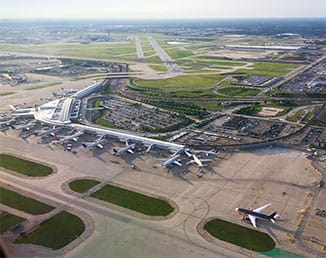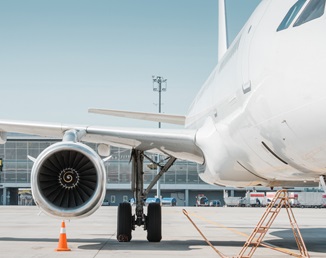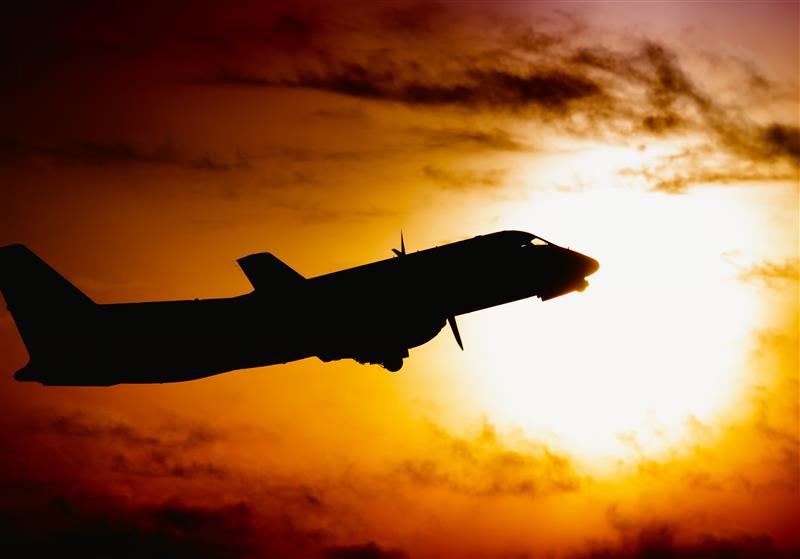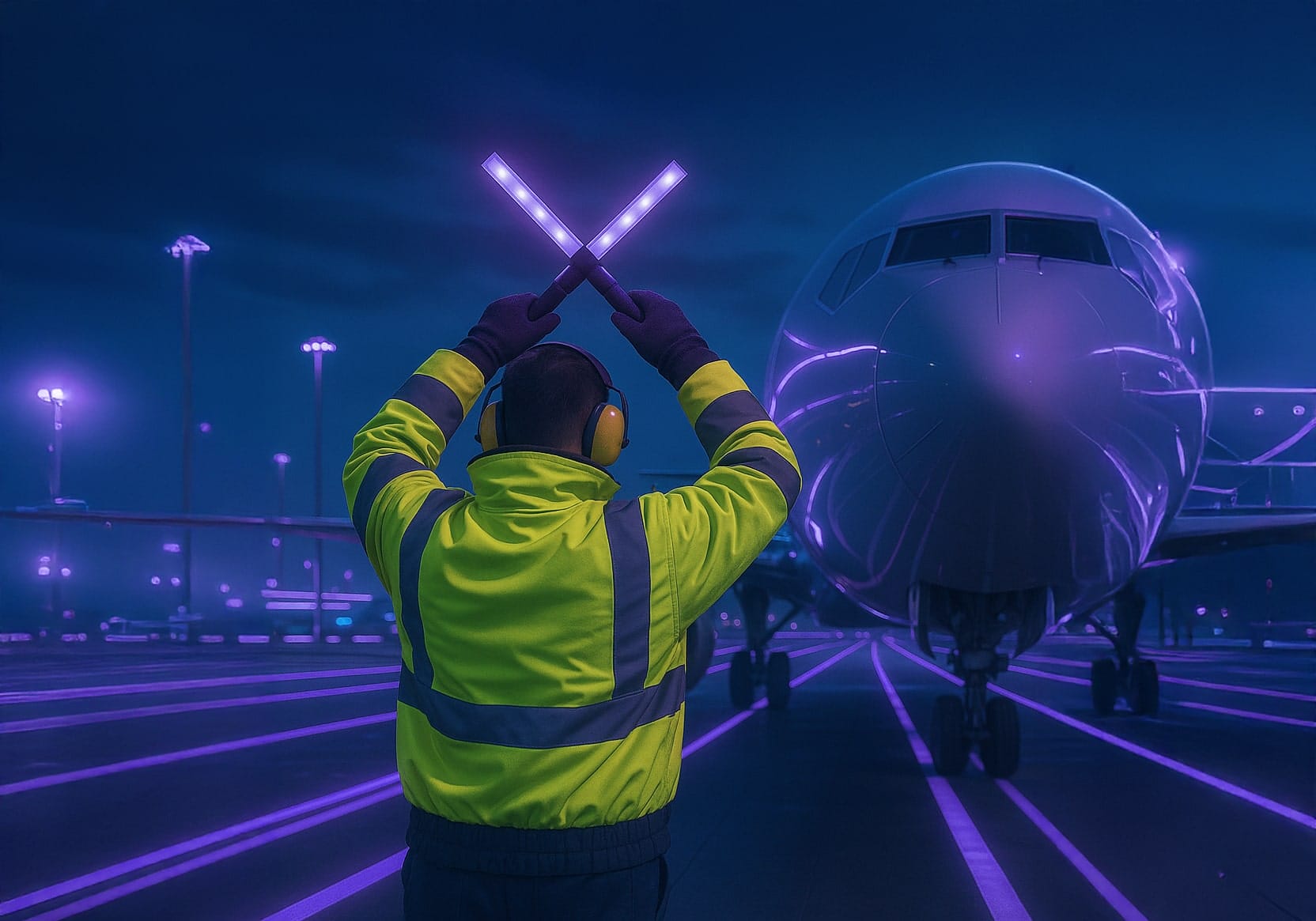
Read all of the latest updates from Ascend Consultancy experts who deliver powerful analysis, commentaries and projections to airlines, aircraft build and maintenance companies, financial institutions, insurers and non-banking financiers.
Ascend Consultancy has been providing values insights for six decades.
Meet the Ascend Consultancy team.

Eleni Maragkou, Valuations Analyst, Cirium Ascend Consultancy
Same family, different tales. The Saab 340A and 340B, are at very different stages in their lifecycle. While the 340A is fading fast, the 340B powered by the General Electric CT7-9B engine continues to show signs of endurance in a tough regional market.
As of today, the in-service Saab 340 family fleet is around 160 aircraft, with approximately 180 having been retired. As shown in the graph below, the Saab 340B passenger fleet is almost evenly split between aircraft in-service and those in storage, highlighting that a sizable portion of the fleet is not in use. While the Saab 340A also has a significant portion of the fleet in storage, overall, it has a much smaller operational presence with only around 40 aircraft remaining in use. Although the proportion of retirements between the 340A and 340B are on a similar level, the 340Bs 85 retirements, are only 38% of its total fleet, however, given the large numbers of the 340B in storage, we would expect to see more of them retiring going forward.

Figure 1. The current in service and storage fleet of Saab 340 (Fleets Analyzer, Cirium 2025)
The Saab 340A is reaching the end of its useful life with only around ten passenger aircraft remaining in service. The challenge being there are very few CT7-5A engines left in the market. Engine shops do not prioritise that engine due to the lack of life limited parts and materials. With a limited operational future the variant is well within the sunset phase.
But What Exactly is the “Sunset Phase”?
For aircraft engines, it marks the final stage of an engine type’s life: declining demand, minimal parts support, higher maintenance costs, and a shrinking operator base marking the end of its commercial relevance. For the 340A, that time is the next two to three years.
The CT7-9B engine on the other hand, remains operationally relevant, serving the Saab 340B Fleet exclusively. While the average age of the fleet for this type is 30 years old, the retirement trend for the Saab 340Bs is not yet substantial. Operators across North America and Canada continue to utilise the aircraft and the engines. The Half-Life Market Values for CT7-9B engines rose to over $600k in March 2025, with overhaul costs climbing to around $1m, driven by continued demand and availability constrains.
Cargo conversions temporarily boosted interest in the -340B engine, though that trend has slowed according to multiple market sources. Viable conversion candidates are fewer, and some airframes require more maintenance than they are worth.
The Verdict?

Figure 2. A typical profile of the engine value life cycle (Cirium Ascend Methodology 2025)
The graph in Figure 2. shows the typical profile of the engine value life cycle,with the Saab 340A fleet reaching an average age close to 40 years old and few still in service, the CT7-5A is very much at the end of the retirement phase of the life cycle, sunsetting rapidly.
On the other hand, the Saab 340B is still very much in the daylight, while not in the prime of its life it is far from obsolete. Considering recent value changes and fleet status of the 340B, this would place the CT7-9B in the secondary phase of the engine life cycle.


























































